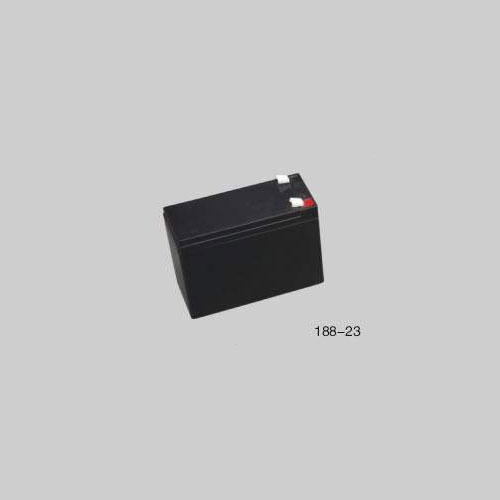What is the composition of gasoline and diesel generators on the market?
2023-04-07
The composition of the gasoline engine:
1) Crank link mechanism
The crank connecting rod mechanism is the main moving part for the engine to realize the working cycle and complete the energy conversion. It consists of a body group, a piston connecting rod group and a crankshaft flywheel group. During the power stroke, the piston moves linearly in the cylinder under the gas pressure, converts it into the rotational motion of the crankshaft through the connecting rod, and outputs power from the crankshaft. During the intake, compression and exhaust strokes, the flywheel releases energy and converts the rotational motion of the crankshaft into linear motion of the piston.
(2) Valve train
The function of the valve train is to open and close the intake valve and exhaust valve regularly according to the working sequence and working process of the engine, so that the combustible mixture or air enters the cylinder, and the exhaust gas is discharged from the cylinder to realize the ventilation process. Most of the valve trains use overhead valve valve trains, which generally consist of a valve group, a valve drive group and a valve drive group.
(3) Fuel supply system
The function of the gasoline engine fuel supply system is to prepare a certain amount and concentration of mixture according to the requirements of the engine, supply it into the cylinder, and discharge the combusted exhaust gas from the cylinder to the atmosphere; the function of the diesel engine fuel supply system is to The air and air are respectively supplied into the cylinders, and the mixture is formed and combusted in the combustion chamber, and finally the combusted exhaust gas is discharged.
(4) Lubrication system
The function of the lubrication system is to deliver a quantitative amount of clean lubricating oil to the surface of the parts that are in relative motion to achieve liquid friction, reduce frictional resistance, and reduce the wear of parts. Clean and cool the surface of the parts. The lubrication system usually consists of lubricating oil passages, oil pumps, oil filters and some valves.
(5) Cooling system
The function of the cooling system is to dissipate part of the heat absorbed by the heated parts in time to ensure that the engine works at the most suitable temperature. The cooling system of a water-cooled engine usually consists of a cooling water jacket, a water pump, a fan, a water tank, and a thermostat.
(7) Ignition system
In a gasoline engine, the combustible mixture in the cylinder is ignited by an electric spark. For this reason, a spark plug is installed on the cylinder head of the gasoline engine, and the head of the spark plug extends into the combustion chamber. All equipment that can generate sparks between the electrodes of the spark plug on time is called the ignition system. The ignition system is usually composed of batteries, generators, distributors, ignition coils and spark plugs.
(8) Starting system
To make the engine transition from a static state to a working state, the crankshaft of the engine must be rotated by an external force, so that the piston reciprocates, and the combustible mixture in the cylinder is combusted and expanded to perform work, pushing the piston downward to make the crankshaft rotate. The engine can run on its own and the work cycle can proceed automatically. Therefore, the whole process from when the crankshaft starts to rotate under the action of external force to when the engine starts to idle automatically, is called starting of the engine. The device required to complete the starting process is called the starting system of the engine.
The gasoline engine is composed of the above two major mechanisms and five major systems, namely, the crank connecting rod mechanism, the valve mechanism, the fuel supply system, the lubrication system, the cooling system, the ignition system and the starting system; the diesel engine is composed of the above two major mechanisms and the four major systems. , that is, it consists of a crank connecting rod mechanism, a valve mechanism, a fuel supply system, a lubrication system, a cooling system and a starting system. The diesel engine is compression-ignition and does not require an ignition system.
The composition of the diesel engine:
1. Machine base: It is used to install the alternator, engine and cooling system. It needs to have good shock resistance. This is because the diesel generator set will vibrate a lot when it is working. Therefore, the base must have certain shock resistance.
2. Engine: The engine must be a four-stroke, intercooled supercharged diesel engine.
3. Starting system: The starting system of the diesel generator set is divided into air starting and 24V DC starting.
4. Generator: The diesel generator set uses an alternator.
5. Control system: Diesel generator sets must have a control system that is easy to operate and has reliable performance.
6. Cooling system: closed water cooling is adopted. The ambient temperature can reach 40℃.

